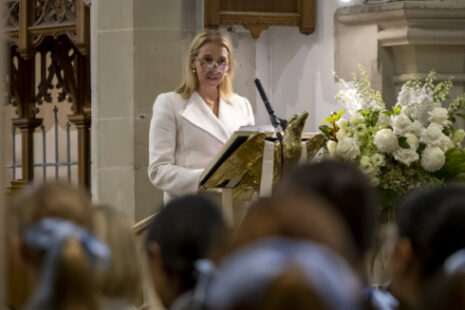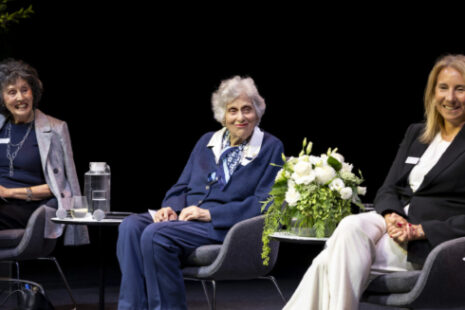Nurturing creativity

Schools, like the world around us, seems to be in a constant state of change. However, many aspects of schools are impermeable to adjustments and assessments like exams, tests and grading are pretty much what they have always been. Teachers are constantly asking the question about how we might do things better so that our students can learn best.
Sir Ken Robinson in his famous TED talk presentation, made a profoundly moving case for creating an education system that nurtures (rather than undermines) creativity. Robinson challenged us to rethink how we educate our children.
 What Robinson talks about makes absolute sense. Like so many things in our lives, change is not that simple. While we may not be able to change our whole system, we can influence and change the things in our local orbit. Assessment is a continuing source of debate and discussion for teachers at St Catherine’s as it is in the wider educational community.
What Robinson talks about makes absolute sense. Like so many things in our lives, change is not that simple. While we may not be able to change our whole system, we can influence and change the things in our local orbit. Assessment is a continuing source of debate and discussion for teachers at St Catherine’s as it is in the wider educational community.
Often assessment is reduced to a score or a percentage received on a test or an exam. This is then converted into a grade such as an A or A+ or a B or B+ and so forth. But what do these grades actually mean? Do these grades and numbers tell us anything about a student’s capacity to learn or improve?
 We are currently taking a close look at our assessment practices in the School. As parents are aware, we no longer provide a conventional end of semester ‘report’. Our current practice is to provide feedback in real time as students’ complete assessments. Teachers not only give a grade but there is a comment which reflects the important learning associated with the assessment task. Increasingly, there is a rubric attached to the assessment task as well. A rubric is nothing more than a coherent set of criteria for students’ work that includes descriptions of levels of performance quality on the criteria. The rubric is often set out in a table which includes on one axis the stated criteria, and on the other axis a description of how this criteria is judged for different levels of performance. Rubrics assist students to know exactly what high performance will look like. Rubrics are most usually linked to the content knowledge in a specific discipline. Also evaluated in rubrics are processes and products associated with the assessment task.
We are currently taking a close look at our assessment practices in the School. As parents are aware, we no longer provide a conventional end of semester ‘report’. Our current practice is to provide feedback in real time as students’ complete assessments. Teachers not only give a grade but there is a comment which reflects the important learning associated with the assessment task. Increasingly, there is a rubric attached to the assessment task as well. A rubric is nothing more than a coherent set of criteria for students’ work that includes descriptions of levels of performance quality on the criteria. The rubric is often set out in a table which includes on one axis the stated criteria, and on the other axis a description of how this criteria is judged for different levels of performance. Rubrics assist students to know exactly what high performance will look like. Rubrics are most usually linked to the content knowledge in a specific discipline. Also evaluated in rubrics are processes and products associated with the assessment task.
Learning is about far more than just learning of content knowledge. We want our students to think about things rather than solely repeat back content. Knowledge is absolutely important, but so too is knowing when and how to apply it.





